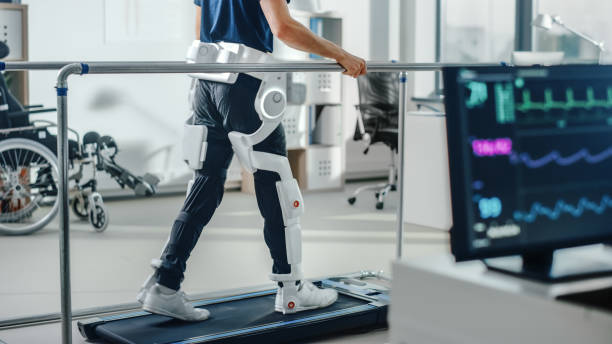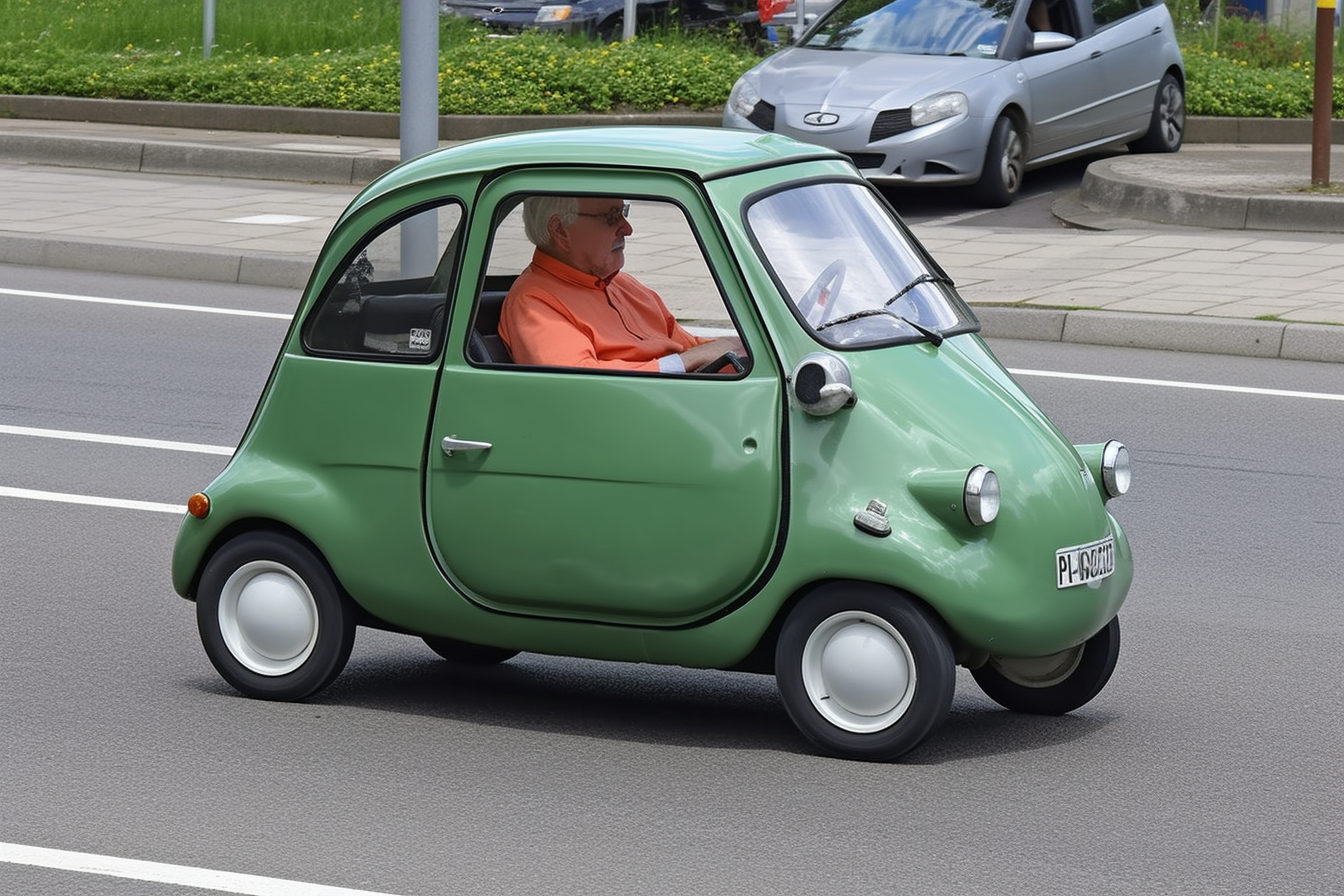Exploring Stair Lift Solutions: Standing, Mini, Electric, and Mobile Options Explained
Navigating stairs can be a significant challenge for individuals with mobility issues. Thankfully, modern technology offers a range of stair lift solutions to enhance safety and independence. This article explores the different types of stair lifts, including standing stair lifts, mini stair lifts, electric stair lifts, and mobile stair lift options, along with a discussion on their features and reviews.

Understanding Space-Saving Stand Lifts
Standing stair lifts, also known as perch lifts, provide an alternative for individuals who find it uncomfortable or difficult to sit down during transit. These compact units allow users to adopt a semi-standing position, supported by a padded platform and handrails. Space-saving stand lifts are particularly beneficial for those with knee or hip conditions that make bending challenging, as well as for installation on narrow staircases where traditional seated models might not fit. The vertical design minimizes the footprint on the stairs, leaving more space for other household members to pass. Many standing models fold away neatly when not in use, further reducing obstruction. Installation typically requires less structural modification than seated versions, making them a practical choice for homes with limited stairway width or for individuals seeking a less intrusive mobility aid.
Efficient Mini Lifts for Compact Spaces
Mini lifts represent a category of stair lifts specifically designed for homes with space constraints or shorter staircases. These efficient mini lifts combine compact dimensions with full functionality, making them ideal for split-level homes, mezzanines, or properties with limited stairway runs. The smaller carriage and streamlined rail systems allow installation in areas where standard stair lifts would be impractical. Despite their reduced size, mini lifts maintain essential safety features including seatbelts, obstruction sensors, and emergency stop functions. They operate on the same principles as full-sized models but with components scaled appropriately for shorter distances. The reduced material requirements often translate to lower installation costs, though pricing varies based on customization needs. Mini lifts prove particularly valuable in properties where preserving aesthetic appeal and minimizing visual impact are priorities, as their discreet design blends more seamlessly with existing décor.
Electric Lift Advantages for Reliable Performance
Electric stair lifts dominate the market due to their reliability, smooth operation, and energy efficiency. The electric lift advantages include consistent performance, quiet operation, and the ability to function during power outages when equipped with battery backup systems. Modern electric stair lifts use rechargeable batteries that continuously charge when the unit is parked at charging points, typically located at the top or bottom of the staircase. This ensures the lift remains operational even during electrical failures, providing peace of mind for users who depend on the device for daily mobility. Electric motors deliver precise control over speed and acceleration, creating a comfortable ride without jerking or sudden movements. The technology also enables programmable features such as adjustable seat height, armrest positioning, and swivel functions that simplify boarding and disembarking. Maintenance requirements for electric stair lifts are generally straightforward, with annual servicing recommended to ensure optimal performance and safety compliance.
Mobile Lift Solutions for Versatile Applications
Mobile lift solutions encompass portable and temporary stair lift options designed for flexibility. Unlike permanently installed units, mobile lifts can be relocated between properties or adjusted for different staircase configurations. These solutions suit rental properties, temporary living situations, or individuals who require mobility assistance across multiple locations. Some mobile models feature modular rail systems that allow for quick installation and removal without significant structural alterations. However, mobile lift solutions typically require professional setup to ensure safety standards are met, even if the installation is temporary. The versatility of mobile options makes them valuable for rehabilitation facilities, care homes, or families caring for elderly relatives who divide time between different residences. While offering convenience, mobile solutions may have limitations regarding weight capacity or the complexity of staircases they can accommodate compared to custom-installed alternatives.
Ultimate Mobility Choices: Selecting the Right Option
Determining the ultimate mobility choices involves assessing individual needs, property characteristics, and budget considerations. Factors influencing selection include the user’s physical capabilities, staircase dimensions and configuration, frequency of use, and aesthetic preferences. Straight staircases offer the most straightforward installation options with lower costs, while curved or multi-landing staircases require custom rail fabrication, increasing both complexity and expense. Weight capacity is another crucial consideration, with standard models typically accommodating users up to 120-160 kg, though heavy-duty options exist for higher requirements. Professional assessment by certified installers ensures accurate measurements and compliance with safety regulations. Many providers offer home consultations to evaluate specific circumstances and recommend appropriate solutions. Consideration should also be given to future needs, as selecting a model with adjustable features or upgrade potential can extend the useful life of the investment. Warranty coverage, after-sales support, and maintenance packages vary between providers and should factor into the decision-making process.
Cost Considerations and Provider Comparisons
Stair lift costs vary significantly based on type, staircase configuration, and required features. Straight stair lifts typically represent the most affordable option, while curved models require custom manufacturing and command premium pricing. The following comparison provides general cost guidance based on typical market offerings:
| Stair Lift Type | Configuration | Estimated Cost Range | Key Features |
|---|---|---|---|
| Straight Seated | Single flight | £2,000 - £5,000 | Standard seat, battery backup, safety sensors |
| Standing/Perch | Single flight | £2,500 - £5,500 | Compact design, semi-standing position, folding platform |
| Mini Lift | Short run | £1,800 - £4,000 | Space-efficient, suited for split levels |
| Curved/Custom | Multiple turns | £7,000 - £15,000 | Bespoke rail system, tailored to staircase |
| Outdoor Models | External stairs | £3,500 - £8,000 | Weather-resistant materials, enhanced durability |
Prices, rates, or cost estimates mentioned in this article are based on the latest available information but may change over time. Independent research is advised before making financial decisions.
Installation costs are often included in quoted prices, though site-specific factors such as electrical work or structural modifications may incur additional charges. Rental options exist for those requiring temporary solutions, typically ranging from £50 to £150 per month plus installation fees. Grants and funding assistance may be available through local authorities or charitable organizations for eligible individuals, potentially reducing out-of-pocket expenses.
Maintenance and Safety Considerations
Regular maintenance ensures stair lifts operate safely and reliably throughout their lifespan. Annual servicing by qualified technicians typically includes inspection of mechanical components, battery testing, safety feature verification, and lubrication of moving parts. Most manufacturers recommend professional servicing at least once yearly, with more frequent checks for heavily used units. Users should perform basic checks between services, including testing emergency stop buttons, ensuring the track remains clear of obstructions, and monitoring battery charge indicators. Safety features standard on modern stair lifts include seatbelts, pressure-sensitive footrest sensors that halt operation if obstructions are detected, and swivel-lock mechanisms preventing the seat from rotating during transit. Compliance with British Standards and CE marking indicates products meet required safety regulations. Installation must be performed by trained professionals to ensure proper anchoring and electrical connections, with certification provided upon completion.
Conclusion
Stair lifts provide essential mobility support for individuals navigating multi-level homes, with standing, mini, electric, and mobile options addressing diverse needs and circumstances. Understanding the characteristics and advantages of each type enables informed decision-making aligned with specific requirements, property configurations, and budgetary considerations. Professional consultation and proper installation ensure safe, reliable operation that enhances independence and quality of life for users facing mobility challenges.




